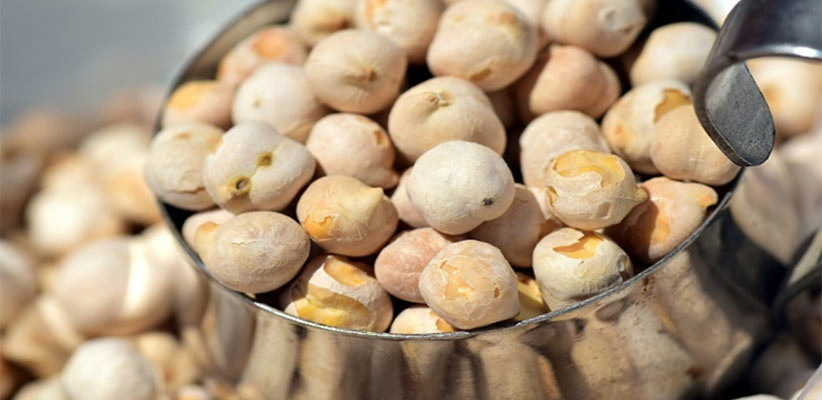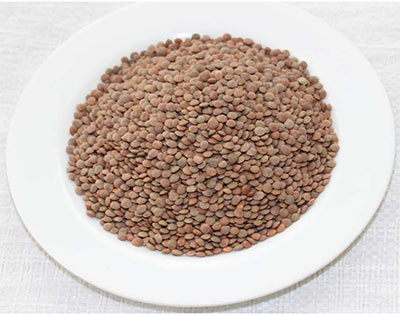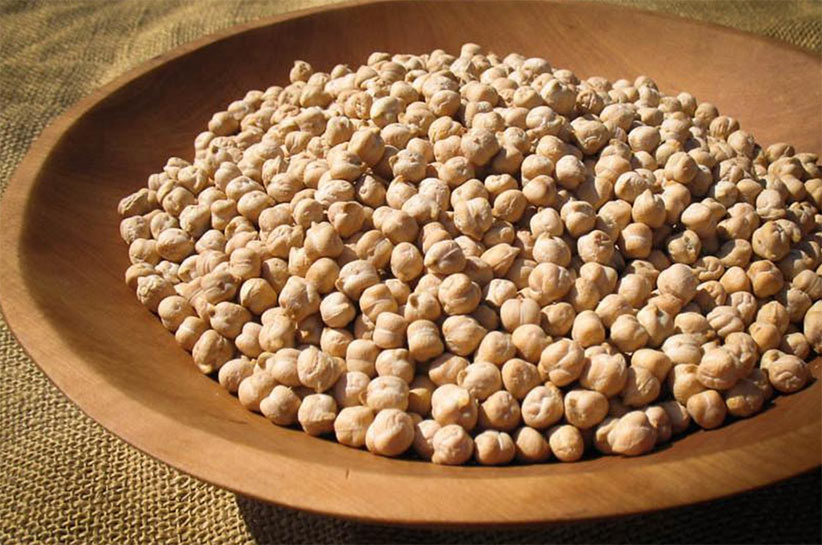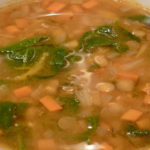
For some time now, lentil exporters, as well as the exporters of chickpeas, have been wailing from the effects of government-approved tariffs from India. These tariffs while seen as extensively suffocating by exporters, are promulgated by the Indian government with the intent of supporting local farmers in Indians.
The most recent of these boggling tariffs from the Indian government is the 50% tariff on yellow peas. Statements coming from the finance ministry in India revealed the new tariffs to be saddled on exporters. The government is attempting to clamp down on the importation of lentils and chickpeas. This is aimed as said in protecting the interests of local farmers as the Rabi season approaches in India where they is expected to see a significant rise in the availability of chickpeas and lentils.
Therefore with the tariff stifling further importation (expected to cut down on excessive supply), local prices of lentils and chickpeas in India would not be too discouraging for Indian farmers.
While India is famed for its importation of lentils being the largest importer of pulses around the globe, latest figures are showing that local Indian farmers are stepping up to satisfy the needs of the Indian populace (for pulses) internally with local production. This also extends correctly to chickpeas where local farmers in India are significantly ramping up the capacity of local production.
Quoting the official statement released by the Indian Finance ministry “Production of chana (chickpeas) and masoor (lentils) are expected to be high during the forthcoming Rabi season, and cheap imports, if allowed unabated, are likely to adversely affect the interest of the farmers.”
 Canada, for example, is one of the biggest exporters to India in this regard. But such exports from Canada (as well as large producing nations like Australia) are gradually facing decline as at present due to a combination of expanding local Indian production and stifling tariffs being imposed on exporters by the Indian government. Bringing in the statistics to support the emerging reality, reports have shown that domestic chickpea production (in reaction to the recent Indian tariffs on chickpea exporters) have risen in India by 4%.
Canada, for example, is one of the biggest exporters to India in this regard. But such exports from Canada (as well as large producing nations like Australia) are gradually facing decline as at present due to a combination of expanding local Indian production and stifling tariffs being imposed on exporters by the Indian government. Bringing in the statistics to support the emerging reality, reports have shown that domestic chickpea production (in reaction to the recent Indian tariffs on chickpea exporters) have risen in India by 4%.
Figures coming from the Canadian Grain Commission data reveals that in course of the early three months from the present crop year that is running, India has gradually reduced its chickpea importation from Canada by 170,000 tones when compared with what they had imported by this time the previous cropping year. Consolidating further on the statistics, figures revealed that lentil exports from Canada according to the Canadian Grain Commission fell significantly as well by 70%. This also affected dry peas exports from Canada which also collapsed by forty percent.
Australia is also significantly affected by the introduction of the new tariffs. Before now Australia has been enjoying impressive chickpeas export to India. From 2011/12, till present chickpeas export from Australia have sumptuously increased by a magnanimous 995%. For this year 2016/17, chickpeas being exported from Australia to India were worth $1.14 billion with lentils worth (exported to India) came at a worth of $196 million.
 Definitely, Australia is going to heavily feel the brunt of this new tariffs that were introduced. Such ugly reality was even confirmed by Andrew Wiedemann who occupies the position of chairman Grain Producers Australia. Andrew acknowledges the tremendous punch such tariffs would land on Australian producers, which is sure to be devastating.
Definitely, Australia is going to heavily feel the brunt of this new tariffs that were introduced. Such ugly reality was even confirmed by Andrew Wiedemann who occupies the position of chairman Grain Producers Australia. Andrew acknowledges the tremendous punch such tariffs would land on Australian producers, which is sure to be devastating.
In his words “Farmers have been adopting pulses into their crop rotations and we’ve been seeing reasonable money coming from chickpeas and lentils over the past three or four years. The impact of this is, if you were turning up to work tomorrow, that you’d have a 30 percent pay cut.”
Figures reveal that prior to the tariff, about $150 million shipments of chickpeas were already in course of being transported to India from Australia. This amounted to a humongous 200,000 tonnes of chickpeas that were already in transit being moved to India.
With these tariffs reigning in, therefore, there are bound to be a great impact on the value of the chickpeas. According to Andrew, chairman of the Grain Producers Australia, the value of the cargoes now on the water in transit was yet to be determined in face of the new reality.




Comments are closed.